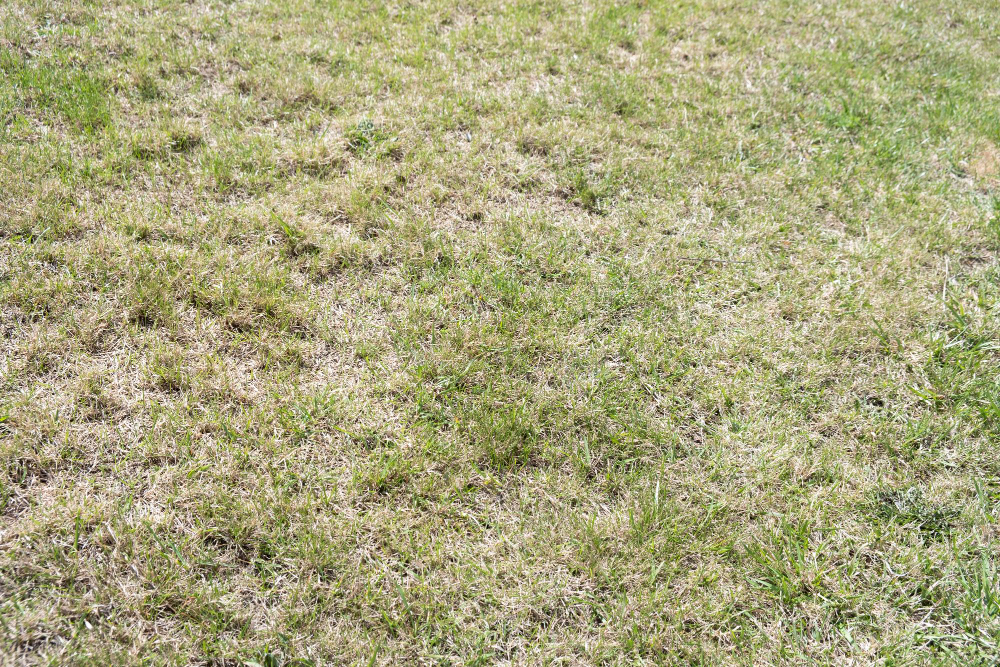How To Repair Patches And Bare Spots In Your Lawn

Everyone wants a lush green lawn that's free of brown patches and bare spots. However, sometimes even the most well-maintained lawns can develop these unsightly areas. A variety of factors can contribute, from heavy foot traffic to drought conditions. Fortunately, repairing these patches and bare spots is simple and straightforward with the right tools and techniques. In this post, we'll cover exactly that and show you how easy it is to restore your lawn to its pristine green glory, saving you both time and money in the process.
1. Identify The Cause Of The Problem
When you start noticing bare spots or brown patches in your lawn, the first step is to identify what could be causing the problem. Different factors, such as soil compaction, nutrient deficiencies, or insect infestations, can cause brown spots in your yard. Once you know what the underlying cause is, you can determine the specific steps you need to take to address the issue and repair your lawn.
2. Remove Dead Grass
After identifying the cause of the problem, the next step is to remove the dead grass that is causing brown spots and bare patches. You can use a rake to remove dead grass in small areas or a lawn mower with bag attachment for larger areas. Once you've removed all dead grass, water the area thoroughly to moisten the soil.
3. Reseed Bare Spots
With bare spots on your lawn, it's important to sow fresh grass seeds. Spread grass seeds evenly over the area, ensuring good seed-to-soil contact, by using a lawn spreader. Be sure not to over-seed as it will lead to competition among the new grass plants for nutrients. Once you have sowed the seeds, water the area again.
4. Fertilize Your Lawn
Fertilizing your lawn is a crucial step in helping it recover from bare spots and brown patches. Choose a fertilizer with a balanced N-P-K ratio, that is, Nitrogen, Phosphorous, and Potassium. N-P-K balanced fertilizers help your lawn to recover from stressors more quickly. Additionally, fertilize before expected rain or watering so that the lawn can absorb the nutrients from the fertilizer and protect the environment while avoiding loss of nutrients through runoff.
5. Watch Your Lawn’s Progress
After performing all the above steps, watch for the progress and development of your lawn. The bare spots will surely start to sprout new grass shoots or the areas that have brown dry patches will have a green spark. Monitor the lawn's progress and keep it watered and properly maintained to ensure healthy growth.
Conclusion
Having a green, healthy lawn enhances the beauty of your home’s landscape. Fixing bare spots and brown patches on your lawn is affordable, effective and simple, with just a few easy steps. Identifying the cause of the problem, removing any dead grass, reseeding bare spots, fertilizing your lawn, and monitoring its progress are the sure-fire ways to get your lawn green and healthy again. Using these tips, you don't have to spend a fortune or hire professionals to fix your lawn’s bare spots. Remember, repairing your lawn doesn't require a degree in horticulture or years of experience, so roll up your sleeves and enjoy a lush, green lawn. If you're looking for sod installers in Orlando, FL, contact From The Ground Up Landscaping today for free estimates.